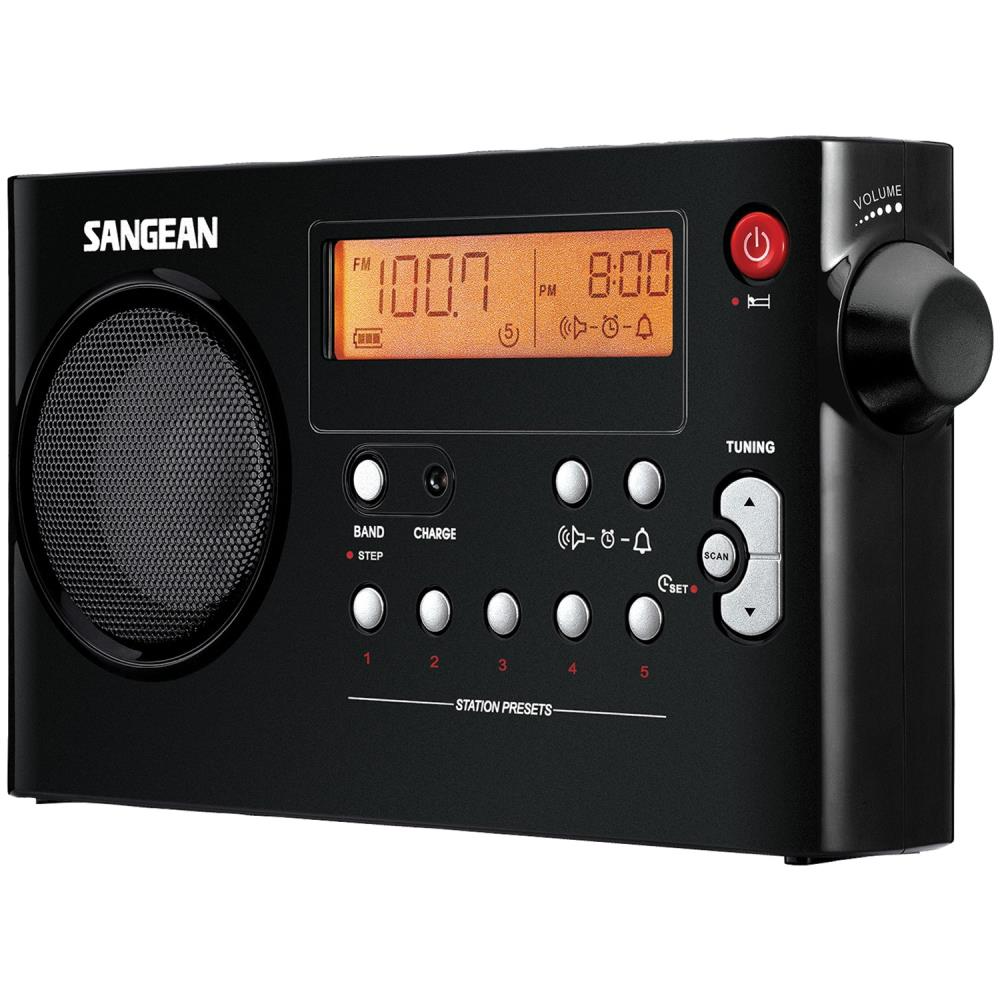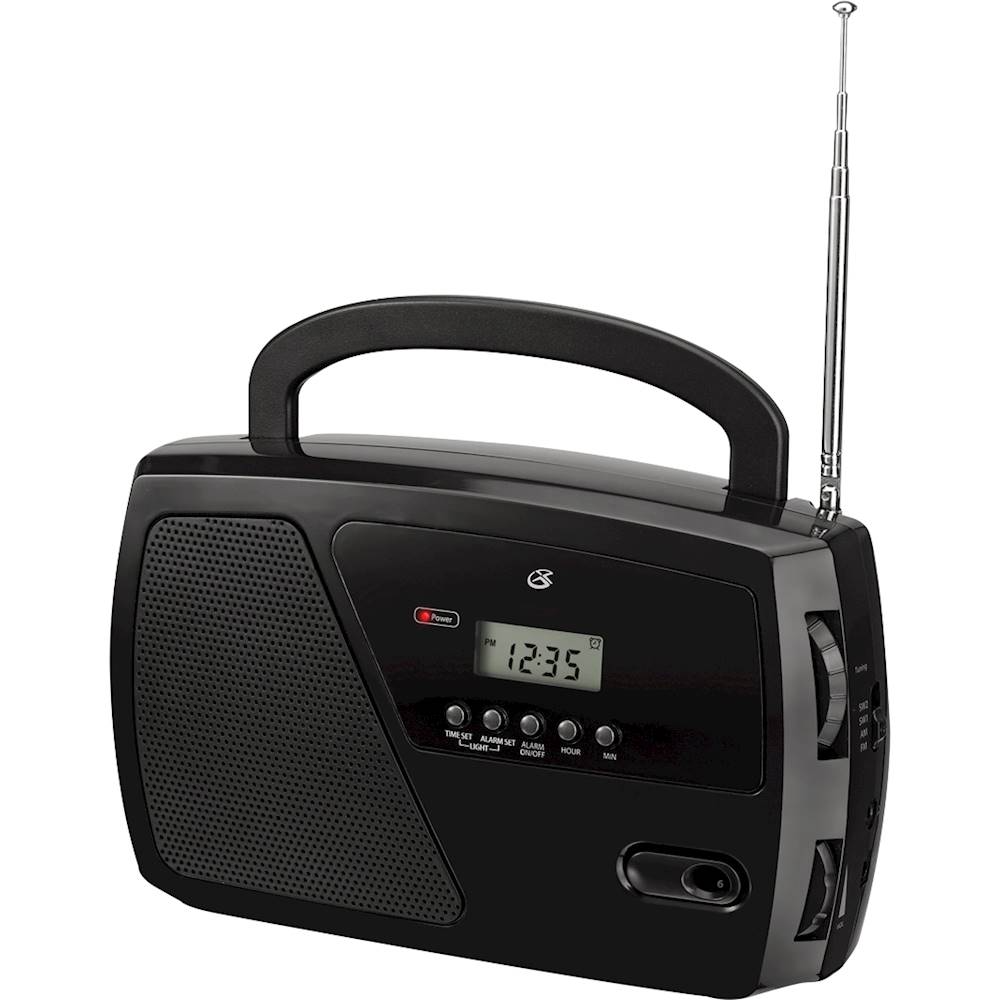AM/FM radios have long been a trusted companion in homes, cars, and workplaces. Their enduring appeal and simplicity have kept them relevant amidst rapidly advancing technology. This article delves into the fascinating world of AM/FM radios, exploring their history, technology, and continued relevance in the modern age.
The History of AM/FM Radios
The Birth of AM Radio
The journey of AM/FM radios begins with amplitude modulation (AM) radio. AM radio was the first form of audio broadcasting technology. It emerged in the early 20th century as an innovative means of transmitting voice and music over long distances. AM radio works by varying the amplitude of the carrier wave to match the sound signal.
Reginald Fessenden is often credited with making the first AM radio broadcast on Christmas Eve in 1906. He transmitted from Brant Rock, Massachusetts, an event that featured him speaking and playing a phonograph record. This marked the beginning of AM radio as a medium for public communication.
Throughout the 1920s and 1930s, AM radio technology evolved. It became a staple in American homes. Families gathered around bulky wooden radios to listen to news, music, and entertainment programs. The golden age of radio saw the rise of beloved shows such as “The Shadow,” “War of the Worlds,” and “The Lone Ranger.”
The Advent of FM Radio
While AM radio thrived, frequency modulation (FM) radio appeared as a new technology. Edwin Howard Armstrong invented FM radio in the 1930s. He sought to address the limitations of AM broadcasting. FM radio works by varying the frequency of the carrier wave, rather than the amplitude. This results in reduced static and clearer sound quality.
FM radio did not become mainstream overnight. It took decades for FM broadcasting to gain widespread adoption. In the 1950s and 1960s, FM gained popularity as a platform for high-fidelity music broadcasting. The rise of rock ‘n’ roll and the demand for better sound quality accelerated its adoption.
The Technology Behind AM/FM Radios
How AM Radios Work
AM radios operate by modulating the amplitude of the carrier wave. The process starts with the microphone capturing sound waves. These sound waves are converted into electrical signals. The radio transmitter then superimposes these signals onto a high-frequency carrier wave. The modulated carrier wave is transmitted over the air.
The AM radio receiver has the task of decoding this transmission. It receives the modulated carrier wave through its antenna. The receiver then demodulates the wave to extract the original audio signal. Finally, it amplifies the audio signal and sends it to the speaker, producing sound.
The Mechanics of FM Radios
FM radios, on the other hand, modulate the frequency of the carrier wave. The process begins in the same way as AM radios, with the microphone capturing sound waves and converting them into electrical signals. However, instead of varying the amplitude of the carrier wave, FM transmitters vary the frequency.
The receiver in an FM radio is designed to pick up these frequency variations. It demodulates the frequency-modulated signal to retrieve the original audio signal. The receiver then amplifies this signal and sends it to the speaker.
FM technology offers several advantages over AM. FM’s greater resistance to noise and interference results in better sound quality. This makes FM the preferred choice for music broadcasting.
The Continued Relevance of AM/FM Radios
AM/FM Radios in the Digital Age
In today’s digital age, one may wonder about the relevance of AM/FM radios. The rise of music streaming services, internet radio, and podcasts has transformed the way people consume audio content. Despite this, AM/FM radios retain their significance.
AM/FM radios offer simplicity and accessibility. They do not require an internet connection. They provide instant access to local and national broadcasts. This is especially important in emergencies when other communication infrastructure may fail.
Portable radios remain popular for their ease of use. They are valuable in situations where power sources are limited. Campers, hikers, and travelers often choose portable AM/FM radios for their reliability.
The Role of AM/FM Radios in Public Safety
AM/FM radios play a crucial role in public safety. During natural disasters and emergencies, they serve as a primary source of information. Radio stations can broadcast weather updates, evacuation orders, and emergency instructions.
Radio waves travel long distances and cover wide areas. This makes AM/FM radios effective for reaching large populations quickly. In many regions, radio stations coordinate with government agencies to disseminate vital information.
Additionally, all modern smartphones include an FM receiver chip. However, it is often disabled. When activated, this chip allows users to listen to live FM radio broadcasts. This feature can be life-saving in emergencies.
AM/FM Radios in Vehicles
AM/FM radios remain a standard feature in vehicles. Despite advancements in in-car entertainment systems, radio continues to be a primary source of audio for drivers. Car radios provide access to local traffic reports, weather updates, and entertainment.
Satellite radio and digital streaming services offer more content options. However, AM/FM radios are still valued for their reliability and ease of use. Many drivers prefer to tune in to their favorite local stations.
The design of car radios has evolved over the years. Modern car radios offer enhanced features such as RDS (Radio Data System). RDS provides additional information like song titles, artist names, and station identifiers. However, the fundamental functionality of AM/FM reception remains unchanged.
The Evolving Market for AM/FM Radios
The Renaissance of Retro Radios
In recent years, there has been a resurgence of interest in retro radios. Consumers appreciate the nostalgic appeal and classic design of vintage radios. Manufacturers have responded by producing modern radios with a retro aesthetic.
These radios combine the charm of yesteryears with modern features. Many retro radios come equipped with Bluetooth connectivity, USB ports, and digital displays. This blend of old and new attracts a wide range of consumers.
Collectors also value authentic vintage radios. Restoring and maintaining antique radios has become a popular hobby. Enthusiasts enjoy the challenge of refurbishing classic models and bringing them back to life.
Innovations in AM/FM Radio Technology
Innovation continues to drive the AM/FM radio market. Manufacturers are integrating new technologies to enhance user experience. One notable development is the inclusion of digital tuners. Digital tuners provide greater precision and clarity compared to analog tuners.
Another innovation is the incorporation of internet connectivity. Some modern radios allow users to switch between traditional AM/FM broadcasts and internet radio stations. This hybrid approach offers the best of both worlds.
Smart radios are also gaining traction. These devices can be controlled via voice commands, stream music from multiple sources, and integrate with smart home systems. They exemplify how traditional radio technology can adapt to modern living.
The Significance of Community Radio
The Emergence of Community Radio Stations
Community radio stations have emerged as vital platforms for local communication. These stations serve specific communities, providing tailored content that reflects local interests and needs. Community radio stations often rely on volunteers and local talent.
These stations play a significant role in fostering community engagement. They provide a platform for local voices, cultures, and stories. This helps strengthen community identity and cohesion.
Community radio stations also bridge gaps in mainstream media coverage. They focus on issues relevant to their audiences, which often go overlooked by larger broadcasters. This localized approach ensures that content is relevant and valuable to listeners.
The Impact of Community Radio on Social Development
Community radio has a profound impact on social development. It empowers marginalized groups by giving them a voice. Community radio stations provide a platform for discussions on social issues, advocacy, and education.
These stations also facilitate access to information. In many remote and underserved areas, community radio is the primary source of news and education. It promotes awareness and positive social change.
Furthermore, community radio encourages cultural preservation. By broadcasting local music, traditions, and languages, these stations help preserve and promote cultural heritage. This is particularly important in regions with diverse cultural landscapes.
Conclusion
AM/FM radios have traveled a long and storied path since their inception. From the early days of AM broadcasting to the high-fidelity sound of FM radio, these devices have left an indelible mark on the world of communication. Despite the digital revolution, AM/FM radios remain relevant and valuable.
Their simplicity, accessibility, and reliability continue to make them a trusted source of information and entertainment. Innovations in radio technology and the resurgence of retro designs ensure that AM/FM radios will continue to find a place in modern life.
Whether you listen to news, music, or talk shows, there is something timeless and comforting about the gentle hum of a radio. As we look to the future, it is clear that AM/FM radios will remain a cherished part of our audio landscape. They are a testament to the enduring power of radio to inform, entertain, and connect us.



